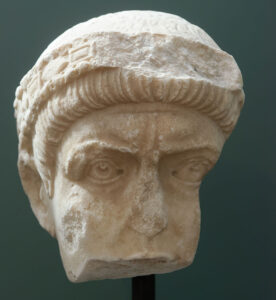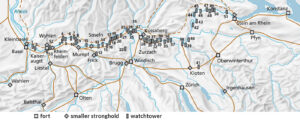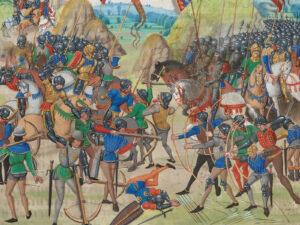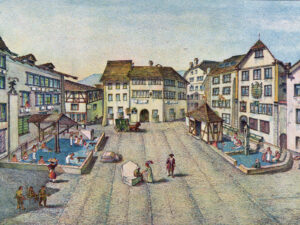
The Emperor’s new frontier
Around 1,600 years ago, the Roman Emperor Valentinian I had the Rhine and Danube borders extended by a substantial amount. He wanted to protect the empire from the onslaught of the peoples of the north.


Everyday life in the watchtower




